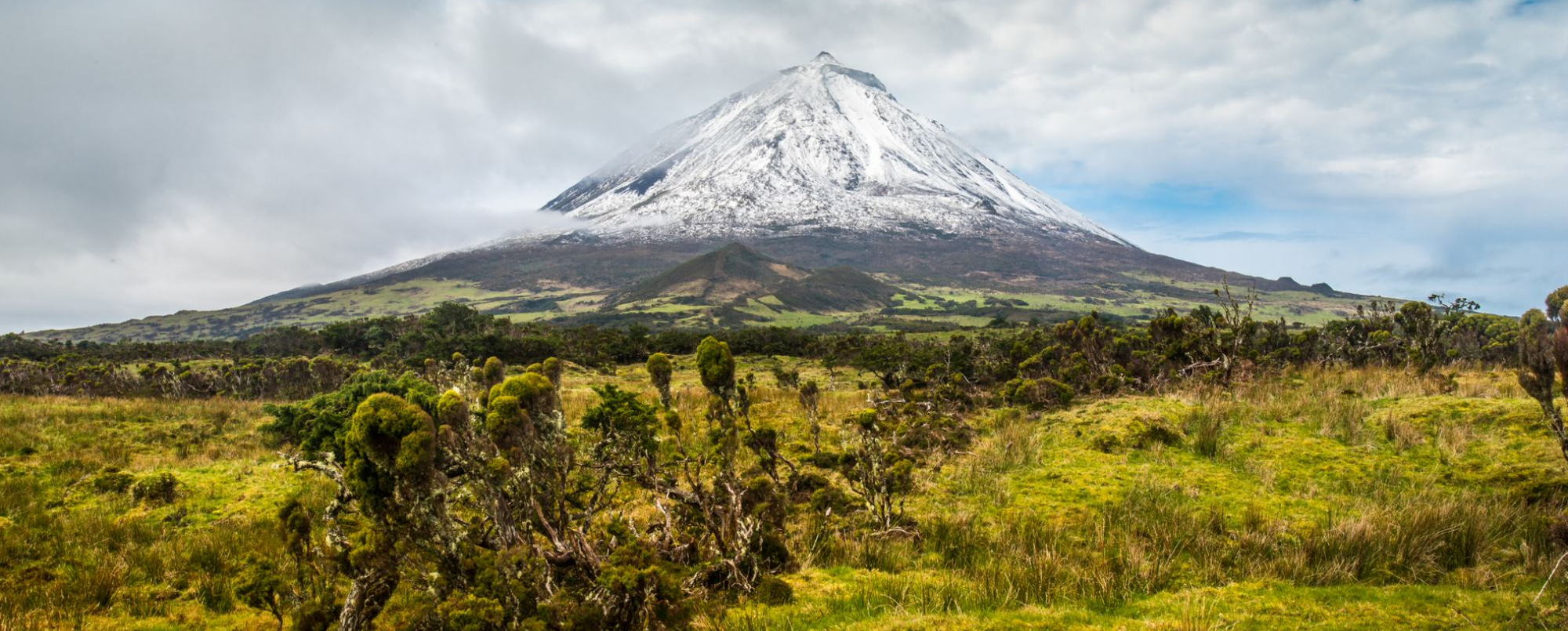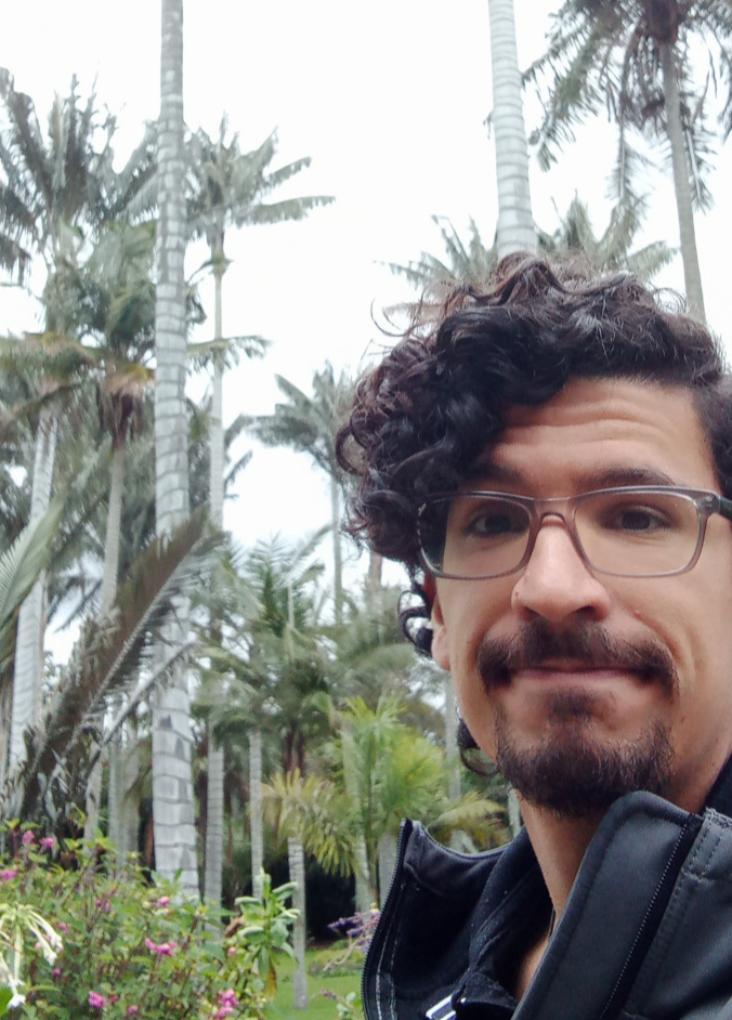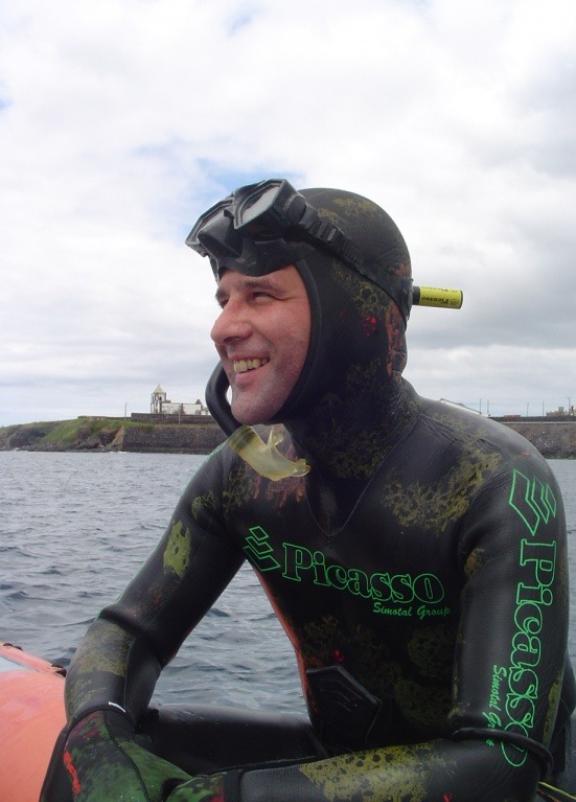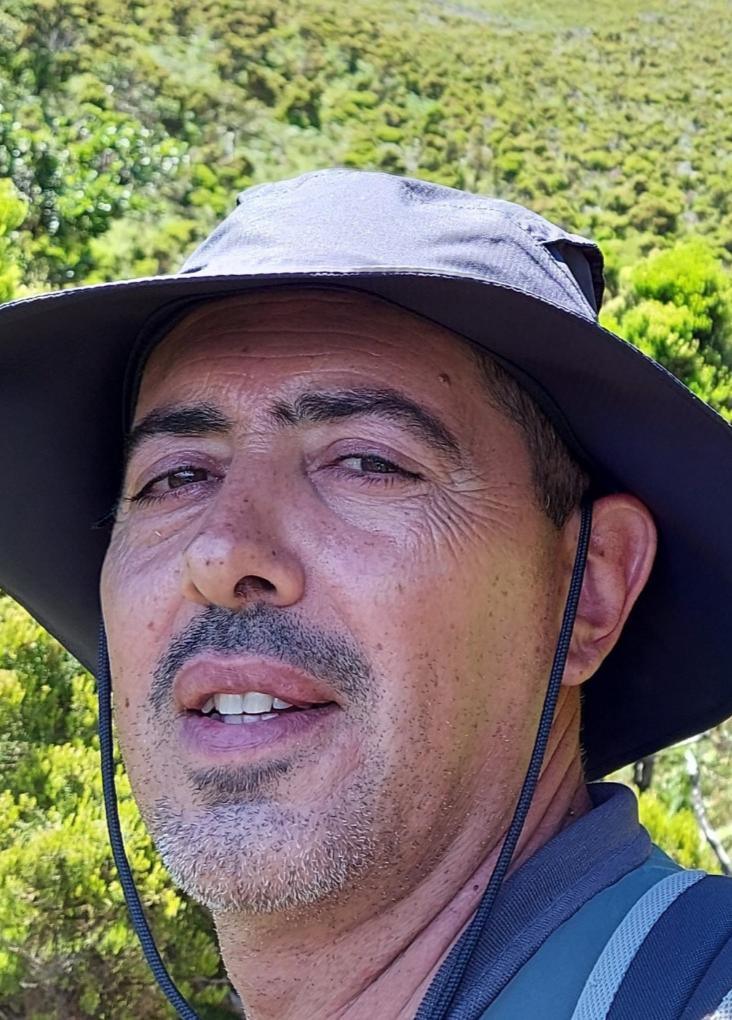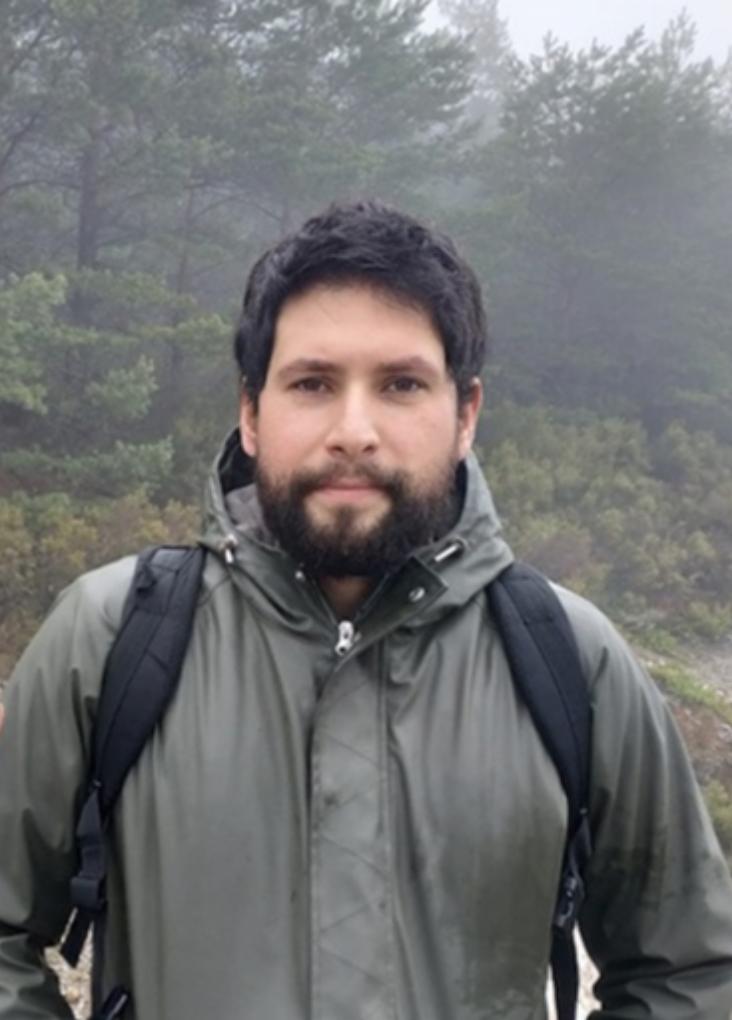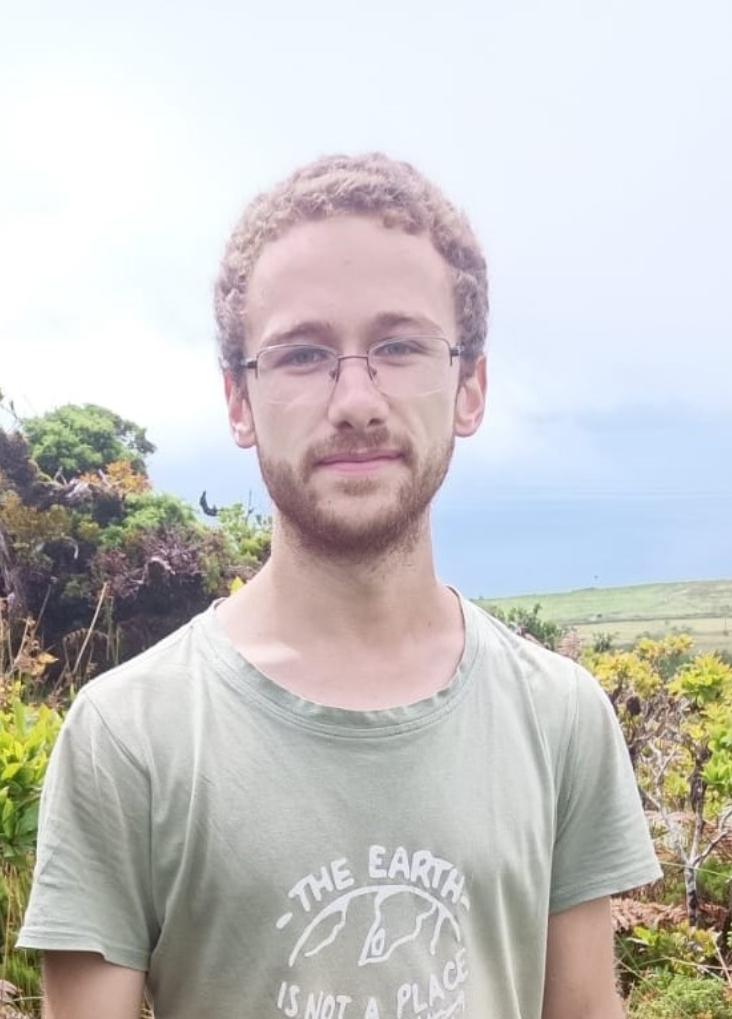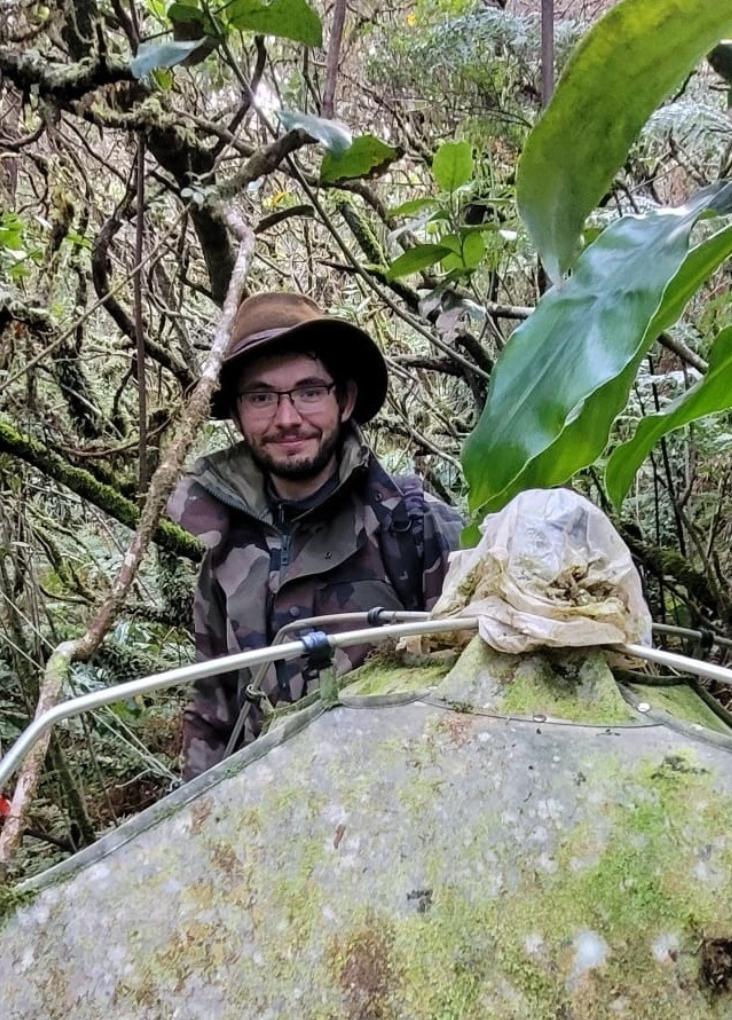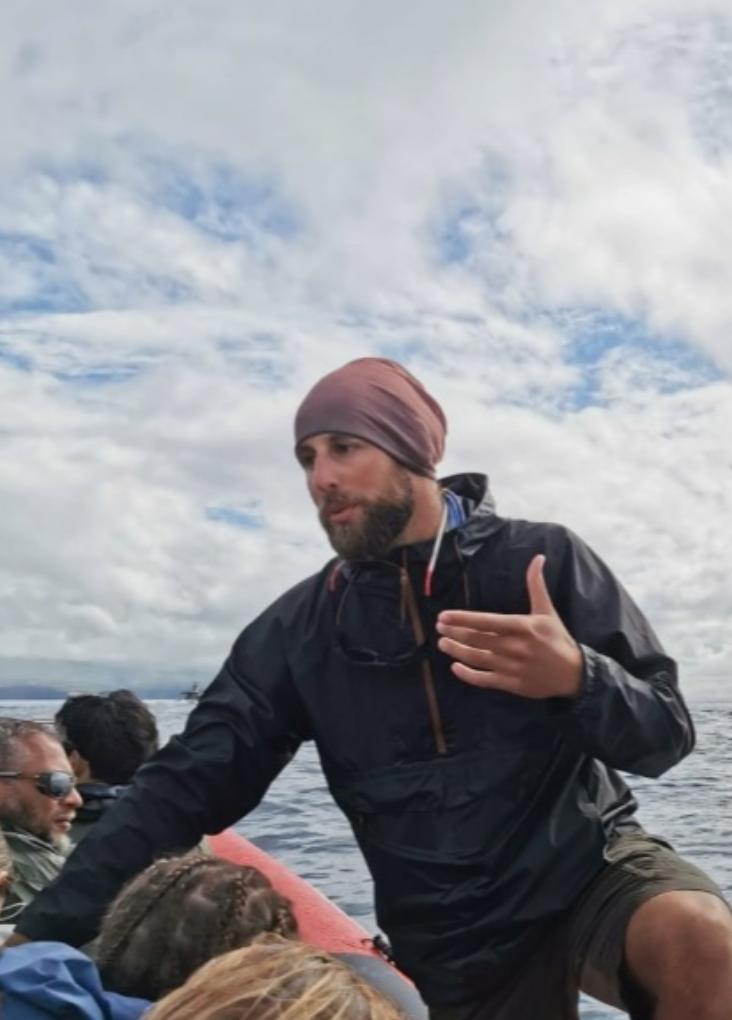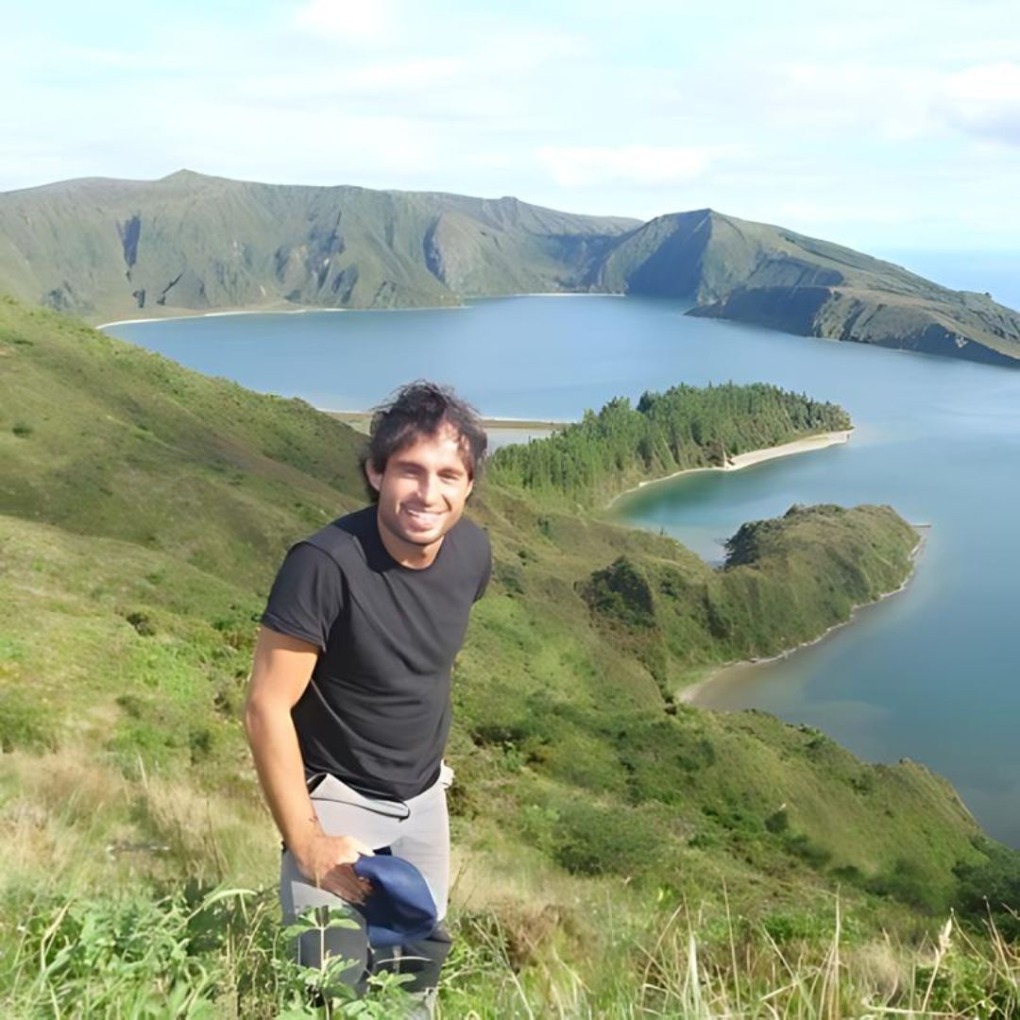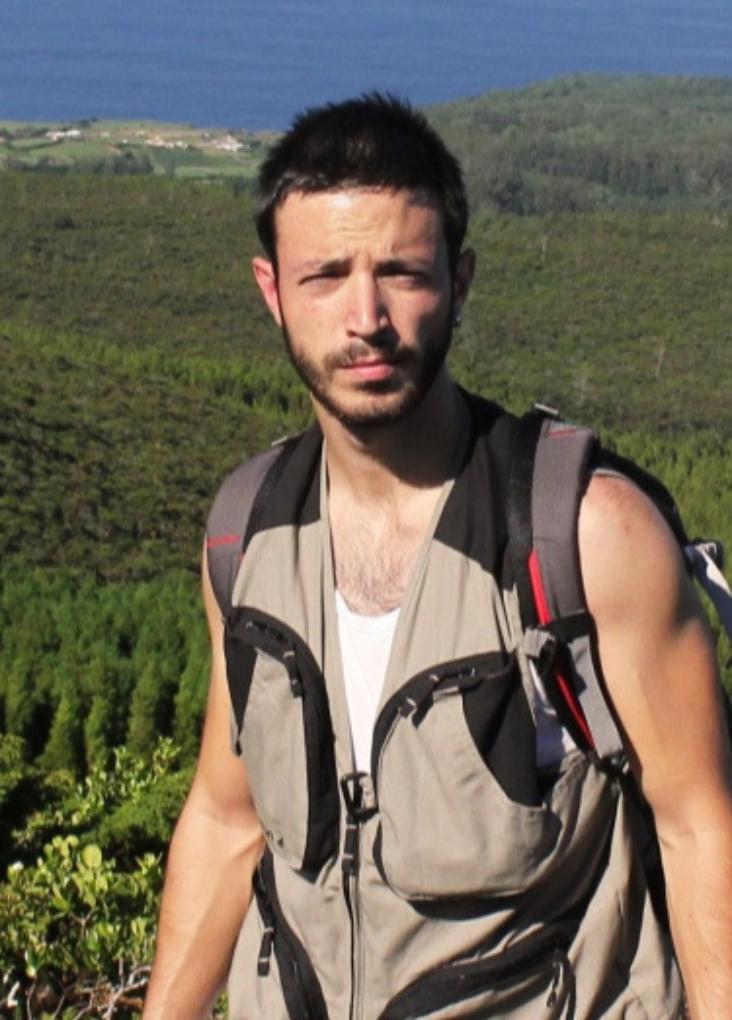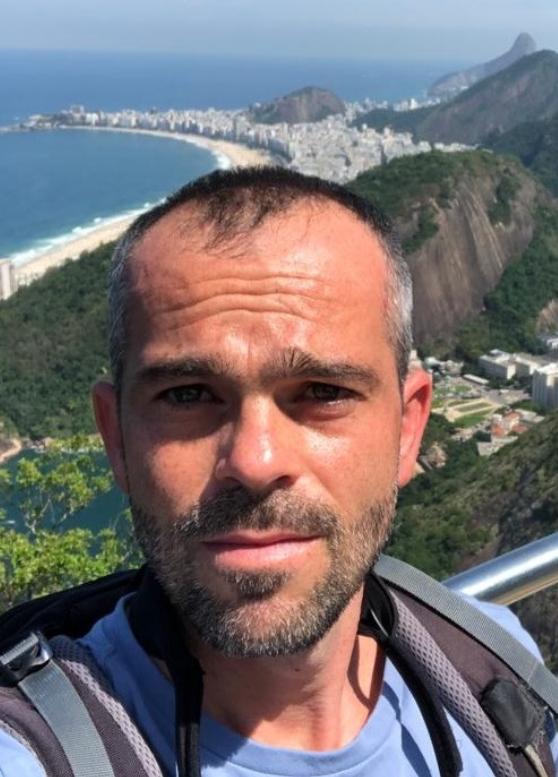To effectively halt biodiversity loss on islands and design impactful protected areas by 2030, we aim to:
- Use oceanic islands of Macaronesia as model systems to investigate the ecological, evolutionary and biogeographical mechanisms responsible for shaping island biotas;
- Maintain the current long-term monitoring initiatives to evaluate species distributions and abundance at multiple spatial and temporal scales;
- Uncover the patterns and drivers behind the extinction and invasiveness risk of different taxonomic groups in Macaronesian archipelagos.
The current availability of key biodiversity Infrastructures in our group, including Plot-based monitoring, Natural History Collections and digital Big Data (AZORESBIOPORTAL - LifeWatch, ISLANDLAB, AZORES BIOTA Data Papers) will allow the quantification of Essential Biodiversity Variables (EBVs) and Essential Ecosystem Service Variables (ESVs). Moreover, based on two recently funded EU BIODIVERSA projects (2023-2027) - DarCo dedicated to the underground environment and BioMonI dedicated to the monitoring of Island Forests, we aim to develop concrete plans to incorporate Azorean subterranean and native forest ecosystems in the European Union (EU) Biodiversity Strategy for 2030. Based on the initiative POLLINET, we will also contribute to the Portuguese and EU biodiversity strategies to monitor and reverse the decline in wild pollinators.
Finally, our participation in the ERGA Initiative/Biodiversity Genomics Europe project is another example of how IBBC is committed to and involved in state-of-the-art scientific endeavours to advance conservation science and policy.
Our network of monitoring plots will allow the evaluation of the impacts of global change, namely climate change, invasive species and habitat change, on island biotas. These efforts are aligned with the Strategic Plan for Biodiversity, the Vision for Biodiversity 2050, European Pollinator Initiative and the Sustainable Development Goals (Agenda 2030).

